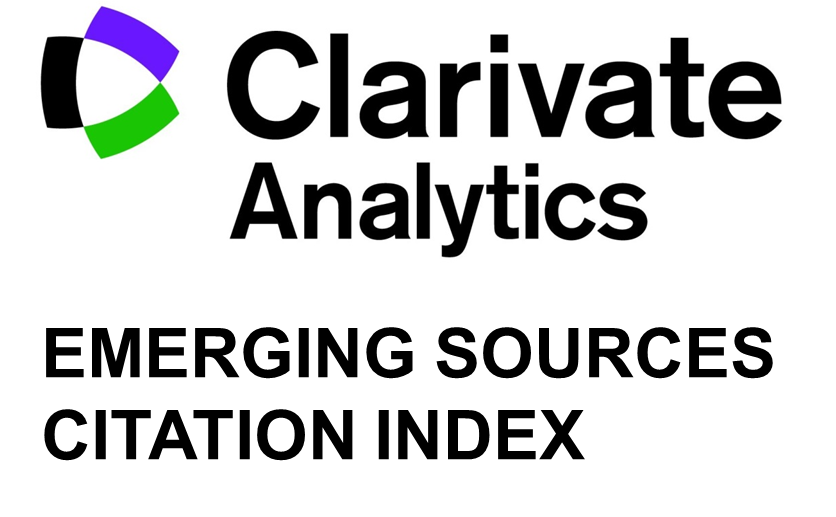The euro exchange rate’s resistance to the exogenous shock caused by COVID-19
DOI:
https://doi.org/10.5937/StraMan2300059BKeywords:
COVID–19, GARCH, EUR/USD volatility, Financial market, Shock resistanceAbstract
Background: The COVID-19 pandemic represents the greatest exogenous global shock in the last few decades, which has deeply affected the macro-economic aggregates around the world. Bearing in mind that COVID–19 pandemic is an exogenous shock; its effect on the macro-economic aggregates will take time to be analysed, while it has a persistent impact on the financial markets.
Purpose: One-third of the transactions worldwide includes the euro. Hence, the main objective of this study is to estimate the euro exchange rate’s resistance to the exogenous shock caused by the COVID-19 pandemic.
Study design/methodology/approach: This paper employs the General AutoRegressive Conditional Heteroskedasticity (GARCH) model to examine the EUR/USD exchange rate’s resistance to the global exogenous shock caused by the COVID–19. In other words, the authors try to find an answer to question whether the COVID–19 pandemic affects the EUR/USD exchange rate volatility.
Finding/conclusions: The results show that the COVID–19 pandemic has no effect on the EUR/USD exchange rate volatility in the long run. These results may confirm our assumption of the resistance of the financial market to the exogenous shock and are useful for anyone needing forecasts of the exchange rate futures movements. The obtained results produce pragmatic expertise in order to manage exchange rate risk and should support policymakers to advance exchange rate policy.
Limitations/future research: As a limitation of this study, the authors state the estimation of the euro exchange rate`s resistance to only one exogenous shock, caused by COVID-19. Bearing in mind that in the considered period was also the world economic crises which might have caused a higher volatility then COVID-19, for further research the authors propose an examination of the detailed estimation of the euro exchange rate`s resistance to different exogenous shocks.
Downloads
Published
Issue
Section
License
Copyright (c) 2023 Suzana Balaban, Ivan Milenkovic, Marijana Joksimović

This work is licensed under a Creative Commons Attribution 4.0 International License.














